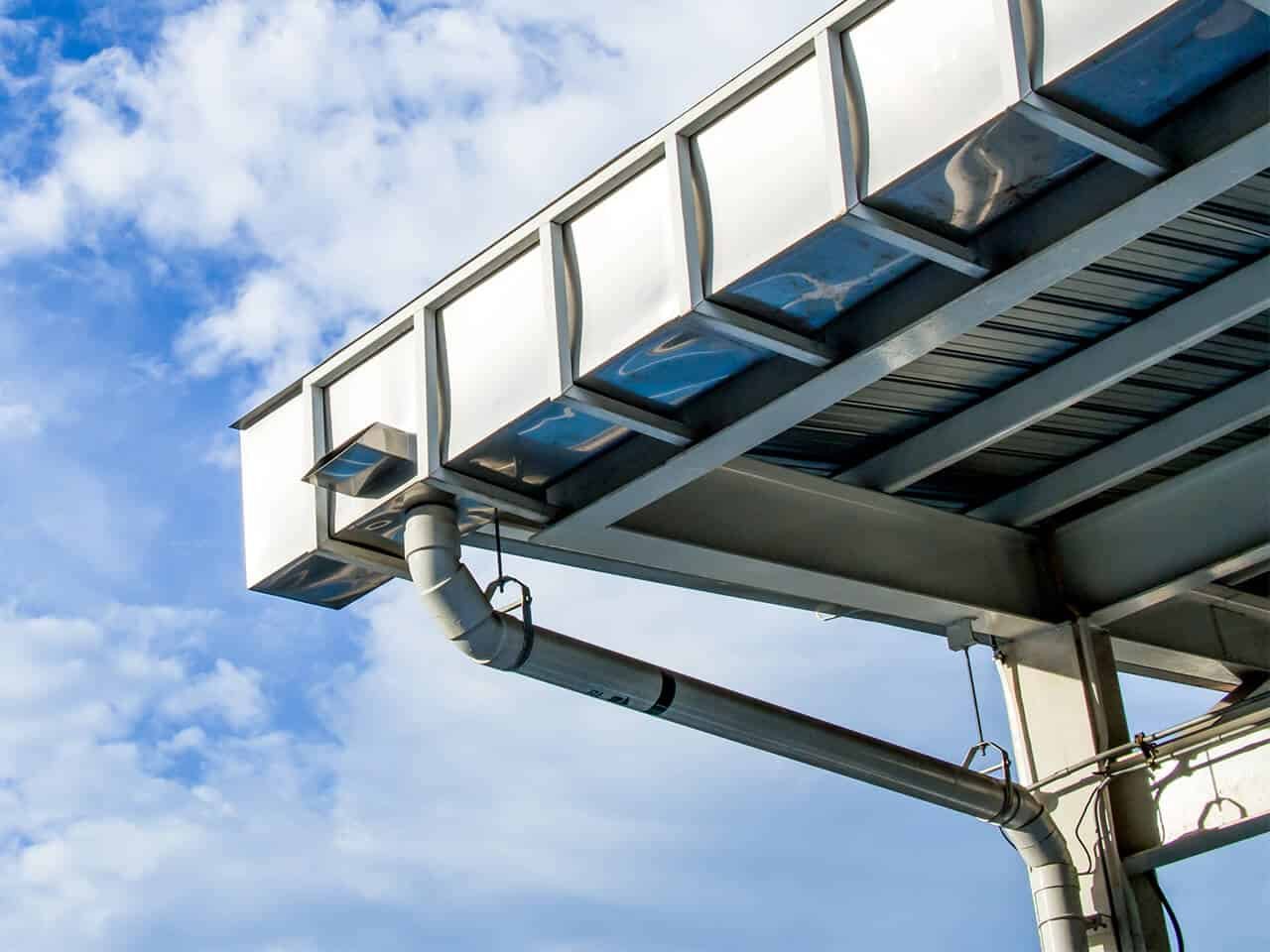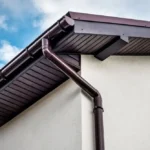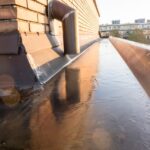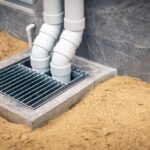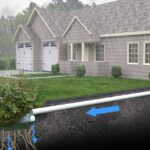As a homeowner, ensuring your roof can handle heavy rain and snow is crucial. Proper roof drainage and effective snow melt systems play essential roles in maintaining the integrity of your home. Whether you’re experiencing frequent rainstorms or heavy snowfall, understanding these systems can save you from costly repairs and provide peace of mind.

Understanding Roof Drainage Systems
Roof drainage systems are designed to channel water away from your home. This prevents water accumulation that can lead to leaks, mold, and structural damage. Let’s dive into the components and types of these systems.
Components of Roof Drainage Systems
The main components include gutters, downspouts, and drains. Gutters collect rainwater, directing it away using downspouts. Some roofs, especially flat ones, may have internal drains to prevent water pooling.
Types of Roof Drainage Systems
There are several types of roof drainage systems, each suited for different roof designs. Understanding these can help you choose the right one for your home.
- Gutter Systems: The most common, ideal for sloped roofs.
- Internal Drains: Perfect for flat roofs, directing water to the ground through internal pipes.
- Scuppers: Openings in the parapet walls of flat roofs, directing water to the exterior.
The Importance of Snow Melt Systems
Snow melt systems are crucial in areas with heavy snowfall. These systems prevent snow accumulation, which can lead to ice dams and roof damage.
How Snow Melt Systems Work
Snow melt systems typically use heat cables or mats installed on the roof. These elements melt snow, preventing ice formation and ensuring water flows to the drainage system.
Types of Snow Melt Systems
Understanding the different types of snow melt systems can help you choose the best for your needs.
- Heat Cable Systems: Flexible cables installed along the roof edges and gutters.
- Hydronic Systems: Use heated liquid circulated through pipes to melt snow.
Choosing the Right System for Your Home
Choosing the right roof drainage and snow melt systems depends on several factors, including roof type, climate, and budget. Roof water runoff tips can guide you in making an informed decision.
Factors to Consider
Consider your local climate. Areas with heavy rainfall or snowfall require robust systems. Your roof type also matters; flat roofs often need more sophisticated drainage systems.
Cost Considerations
Budget is another crucial factor. While some systems may have a higher initial cost, they can save you money in the long run by preventing damage.
Maintenance of Roof Drainage and Snow Melt Systems
Regular maintenance ensures these systems function efficiently. Sealing roof drainage tips can help maintain your system.
Regular Inspections
Inspect your drainage and snow melt systems regularly for blockages or damage. Clean gutters and check heat cables for wear.
Professional Maintenance
Consider professional services for thorough inspections, especially before and after the winter season.
Environmental Impact and Sustainability
Modern systems focus on sustainability, reducing environmental impact. Roof drainage irrigation tips provide eco-friendly solutions.
Eco-Friendly Materials
Choose systems made from sustainable materials. These not only last longer but also reduce your carbon footprint.
Water Conservation
Utilize collected rainwater for gardening or other purposes, promoting water conservation.
Common Issues with Roof Drainage and Snow Melt Systems
Understanding common issues can help you take preventive measures. Roof drainage solutions offer insights into addressing these problems.
Clogged Gutters
Leaves and debris can clog gutters, causing water overflow. Regular cleaning can prevent this issue.
Ice Dams
Ice dams form when snow melts and refreezes at roof edges. Properly installed snow melt systems can prevent this.
Future Trends in Roof Drainage and Snow Melt Technology
Advancements in technology are shaping the future of these systems. Innovations focus on efficiency and automation.
Smart Systems
Smart systems use sensors to monitor and adjust operations, ensuring optimal performance.
Energy Efficiency
Energy-efficient systems reduce power consumption, saving costs and promoting sustainability.
Conclusion
Investing in the right roof drainage and snow melt systems is essential for home protection and longevity. By understanding these systems, you can choose solutions that suit your needs, ensuring your home remains safe and efficient.

Frequently Asked Questions
What are the benefits of roof drainage systems?
Roof drainage systems prevent water damage by directing rainwater away from your home. They protect your roof and foundation from leaks and mold.
How do snow melt systems work?
Snow melt systems use heat cables or hydronic heating to melt snow, preventing ice dams and ensuring proper water drainage.
Are these systems expensive to maintain?
While there is an initial cost, regular maintenance is relatively affordable and can prevent costly repairs in the future.
This article contains affiliate links. We may earn a commission at no extra cost to you.



